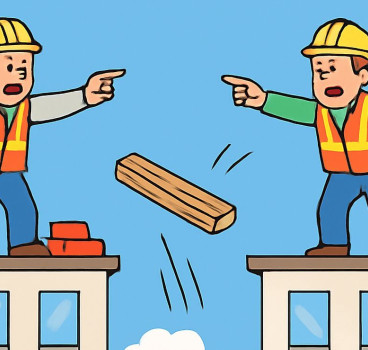Training the construction workforce of tomorrow
In addressing the country's long-standing housing issue during the recent budget, Chancellor Phillip Hammond revealed 300,000 was the magic number in terms of new homes that needed to be delivered each year to meet affordable housing needs.
The figure, which was established in conjunction with industry experts, has already been dismissed in some quarters as being inadequate to fully-tackle the affordability issue. The detractors may have a point, albeit a moot one. If questions are to be raised, let's put the horse before the cart and ask: ‘do we actually have the skilled workforce to build the required new housing?'
Industry projections show the UK needs an estimated 400,000 new workers each year until 2021 to meet UK housing demands. It doesn't need a mathematician to draw the simple conclusion that despite our greater-than-ever housing needs, we have fewer-than-before skilled workers to fulfil the property quota. If only we could rely on Europe for able builders, engineers and the like, but Brexit has seen UK net migration fall to its lowest level since 2014. It means foreign aid isn't necessarily the solution to our building crisis. As far as National Construction Training Services (NCTS) is concerned, there is no shortcut to solving the UK's skills shortage; it's a case of companies like ours taking the initiative and doing our utmost to persuade youngsters to take up tools, ‘skill-up' and become the workforce of tomorrow.
Assess for success
Quality training is key, hence the CITB-funded programme NCTS has set-up to progress encourage and quantify the roofers' skills. The ‘On Site Assessment Training' (OSAT) programme involves assessors visiting construction sites and analysing the workforce as a first step to helping them gain a Level 2 NVQ qualification. The OSAT program focuses on the following roofing disciplines lead and hard metal; roof sheet cladding and rainscreens; roof slate and tiling; waterproofing, built-up felt and single-ply.
Assessments will consider candidates' on-site performance; their skills and abidance to practices such as health and safety. Trainees and employers will be provided with a detailed report on their performance whilst outlining areas of improvement where necessary. Candidates enrolling for an NVQ can apply for a trainee card that allows them entry and the right to work at CSCS cardholder-only sites. Once the Level 2 NVQ qualification has been achieved they can apply for a Skilled Worker CSCS (blue card).
The OSAT programme is part of our commitment to infusing roofers of all ages and gender with the skills and a nationally-recognised qualification to help them maximise their career potential. Possession of a CSCS card, for example, is particularly important following the withdrawal of the Construction Related Occupation (CRO) card, which has led to some operatives being denied access to sites.
As well as gaining valuable certification, candidates will come away from our programme bearing something they can also carry with them: confidence, a much under-estimated commodity that can be the difference between career fulfilment and failure. And let's face it, with the UK construction industry desperate to tackle the current skills shortage, failing our youngsters is not an option.
Visit: www.ncts.org.uk
Additional Blogs

Construction’s obsession with blame instead of learning
Construction is one of the most technically advanced industries in the built environment, yet culturally it often behaves like one of the least reflective. When things go wrong and they frequently...
Read moreHow risk Is routinely pushed down the supply chain
Risk is an unavoidable part of construction. Every project involves uncertainty around ground conditions, weather, design coordination, procurement, labour and programme. Yet while risk is inherent,...
Read more

What if Building Control went fully digital?
Building control governs structural integrity, fire protection, energy efficiency, accessibility and countless other aspects of design and construction. Historically, this process has been highly...
Read more